Blue Nomad is a floating habitat shaped by Swiss students and Danish designers
Inspired by traditional ocean-going vessels, the Blue Nomad Floating Habitat is a prototype dwelling for a drowning world, shaped by students from Rosenberg
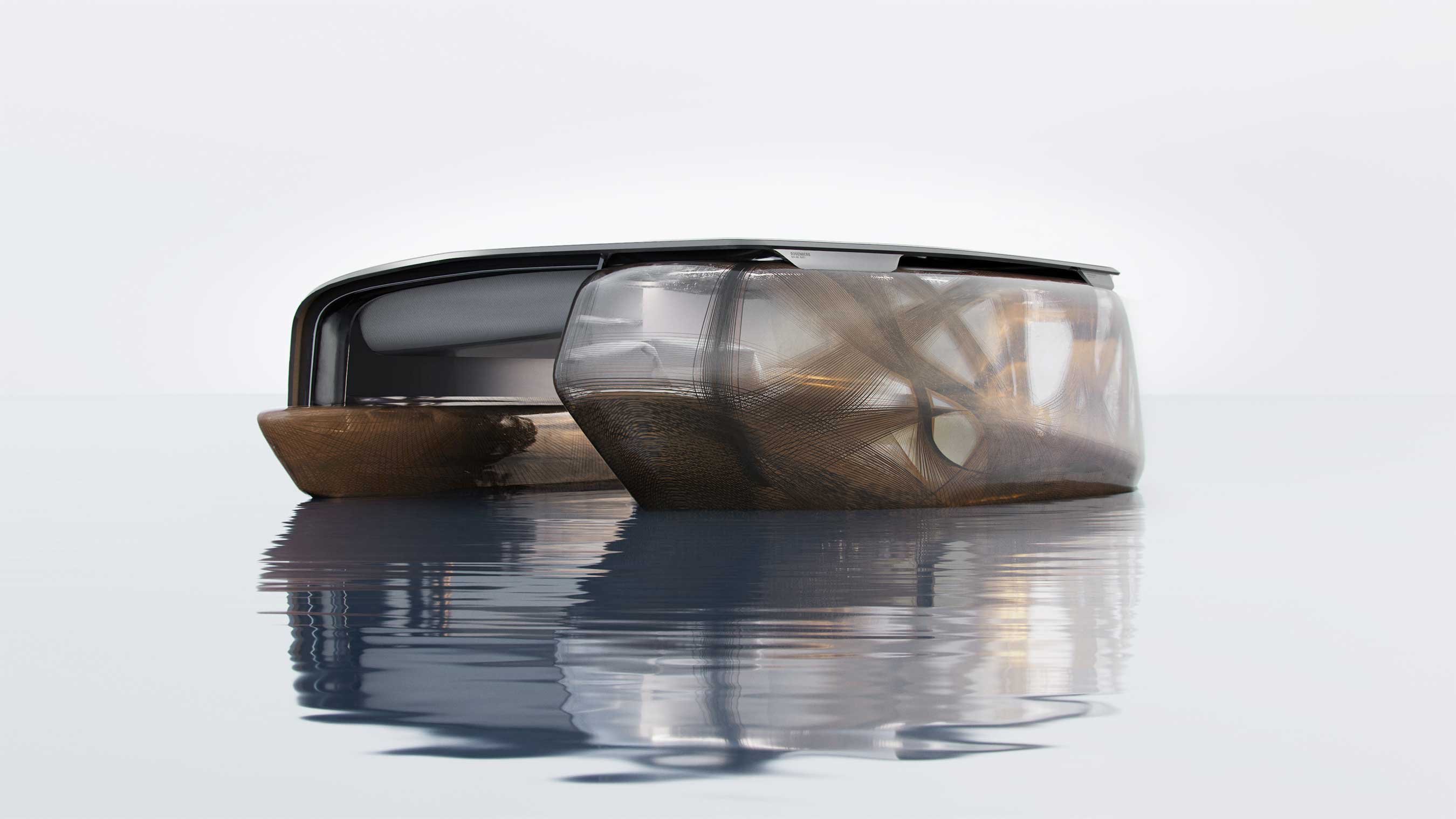
A school project unlike any other comes to fruition with the Blue Nomad floating habitat, a collaboration between the pupils of the Institut auf dem Rosenberg, a private boarding school in St Gallen, Switzerland, and Danish designers SAGA Space Architects.
Blue Nomad is a self-sufficient solar floating habitat, taken from conceptual sketch to prototype stage by a whole-school effort that encompasses practically every discipline and subject. ‘When our students work on projects and have the opportunity to physically create something, then the learning experience is so much better,’ says Bernhard Gademann, president of Institut auf dem Rosenberg.
Blue Nomad Floating Habitat: inspired by climate change
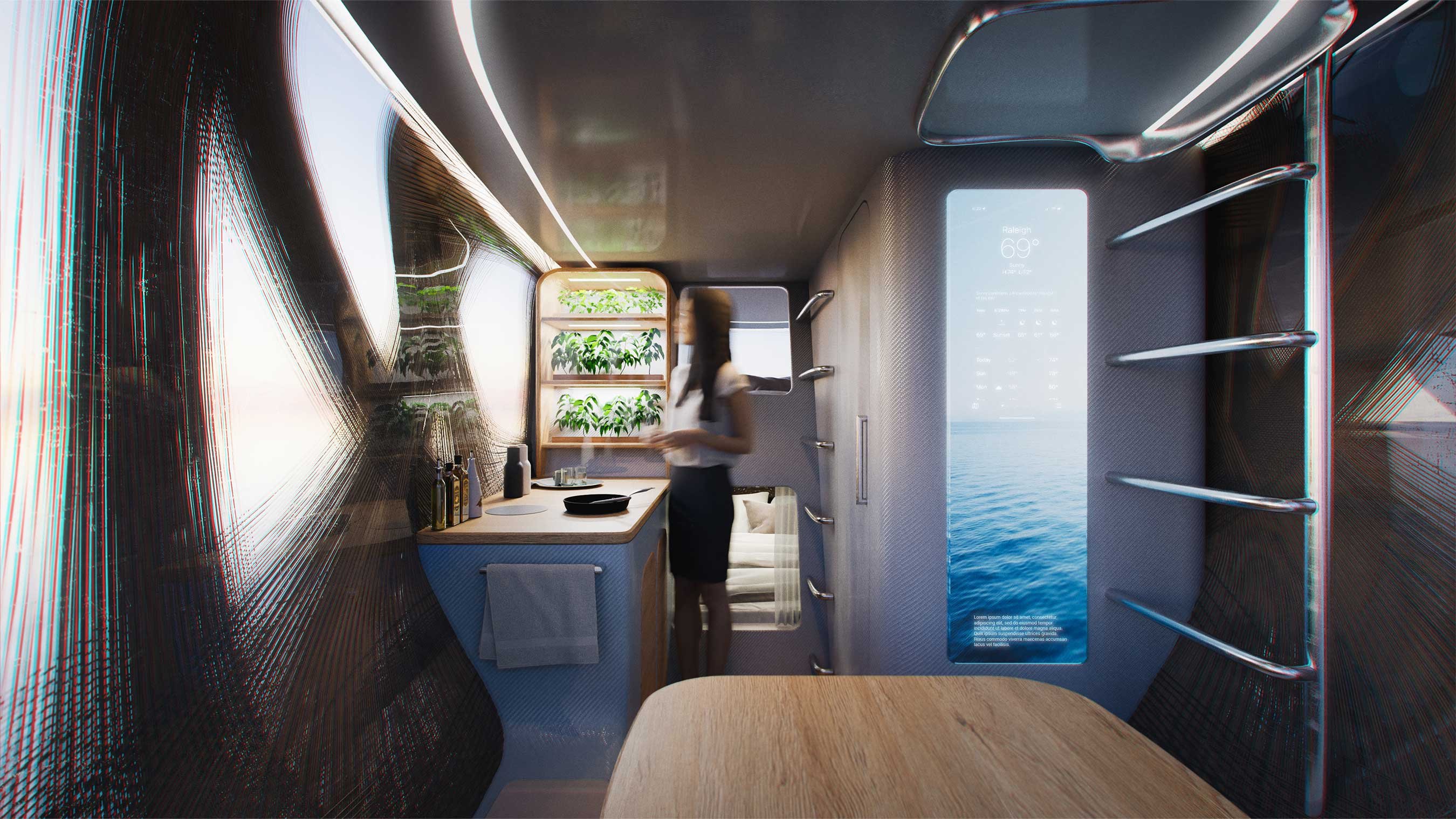
The starting point was to create a practical response to imminent climate change. As Gademann says, ‘With the climate crisis on everyone’s agenda, it’s imperative we find alternative ways to adapt to our planet’s changing environment.’ Rosenberg’s relatively small student body – under 300 – were able to be involved at every stage, just as they were with last year’s Space Habitat project, also undertaken in collaboration with SAGA.
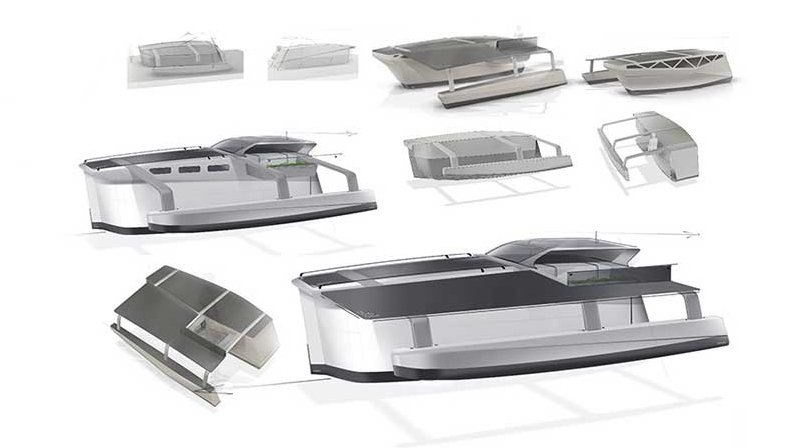
Initial design sketches
‘By partnering with forward-thinking enterprises and industry experts such as SAGA, we enable our students to solve real-life problems, with the goal of creating a better future for all,’ Gademann explains, and this involved trips to Denmark to collaborate on the construction of the full-size mock-up. The genesis of the Blue Nomad concept came following a student trip to the Norman Foster Foundation in Madrid, followed by an intense concept period of sketching the best form for the vessel.
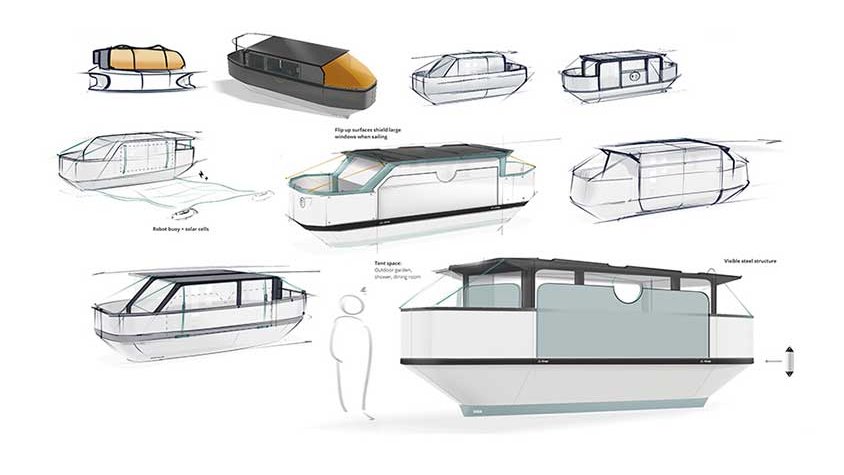
Initial design sketches
With inspiration from early Polynesian nomadic communities, as well as a little bit of assistance from AI image generation, the Nomad took shape as a three-person craft powered purely by solar energy and made with woven flax fibre. The asymmetric design incorporates a living space into the larger boom, consisting of bunks, a small galley and growing area and the all-important workspace.
‘We were able to integrate this project into our regular courses,’ Gademann says, ‘from physics to art.’ He estimates that around 20-25 per cent of Rosenberg’s students go on to study some kind of ‘classically creative’ course at degree level, and projects like this give the pioneering school its globally admired ethos (it is also, importantly, the most expensive private school in the world).
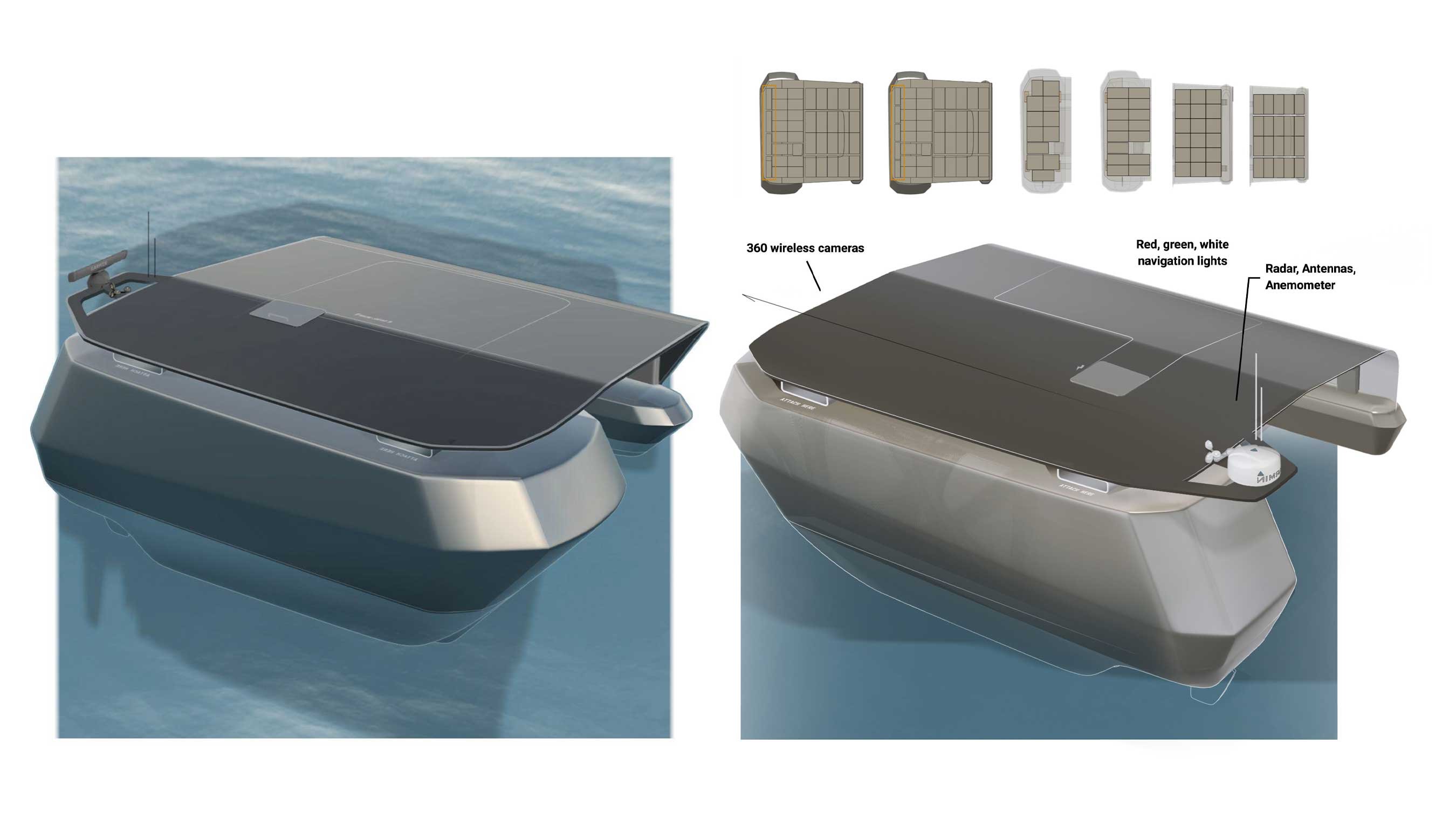
Sebastian Aristotelis, co-founder of SAGA Space Architects, describes the project as ‘climate sci-fi coming into reality, grounded in the vast ocean exploration heritage of Polynesian outriggers’, adding that ‘it is fitting that it was is co-designed with the problem solvers of tomorrow’.
Wallpaper* Newsletter
Receive our daily digest of inspiration, escapism and design stories from around the world direct to your inbox.
‘Our philosophy is that our students need to be able to connect different domains, from history to physics to aesthetics,’ Gademann adds. Even though the primary challenge was distilling the many, many ideas down into a single vision, Blue Nomad is still the ultimate school project.
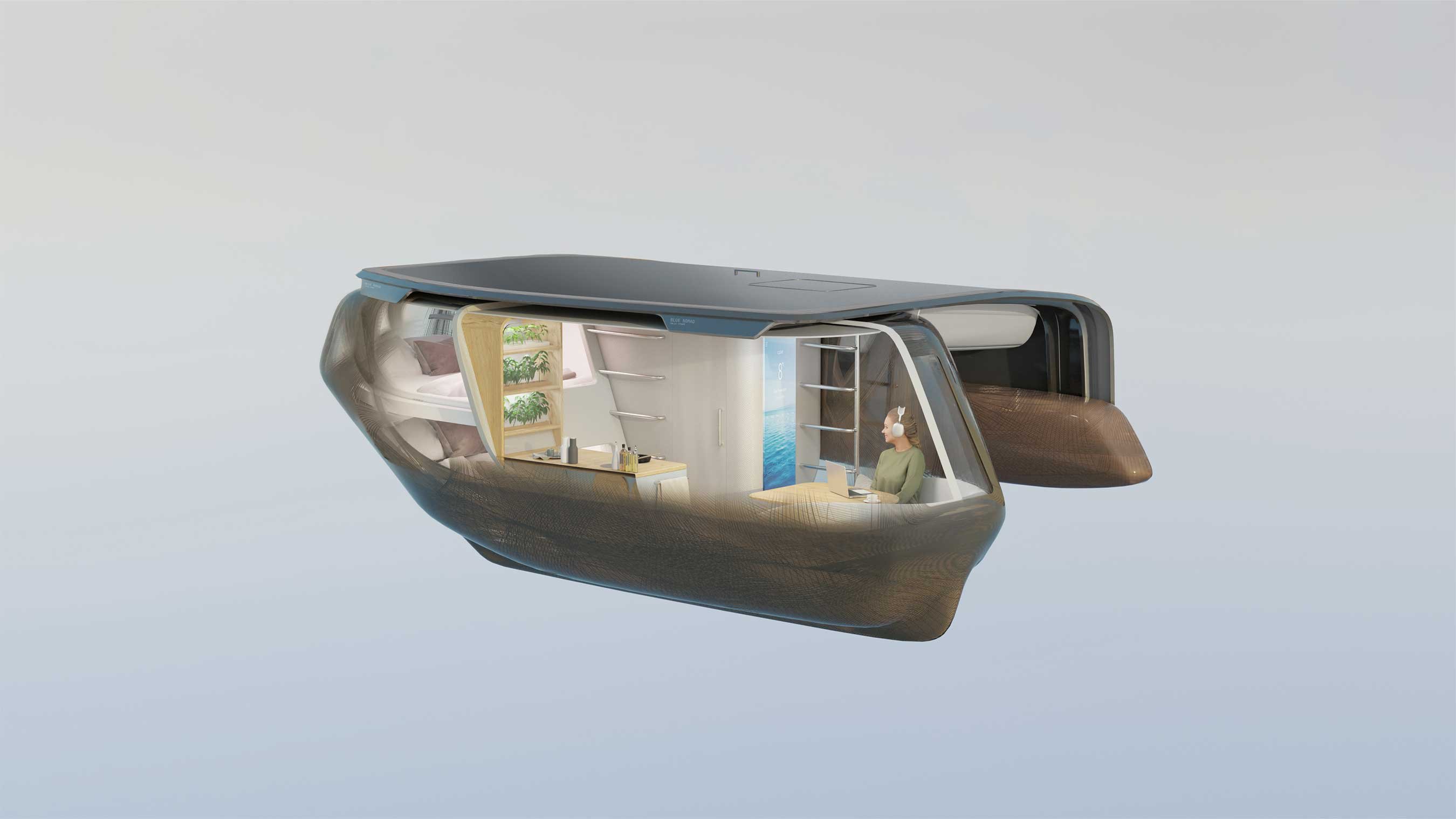
Institut auf dem Rosenberg, instrosenberg.ch
SAGA Space Architects, SAGA.dk
Jonathan Bell has written for Wallpaper* magazine since 1999, covering everything from architecture and transport design to books, tech and graphic design. He is now the magazine’s Transport and Technology Editor. Jonathan has written and edited 15 books, including Concept Car Design, 21st Century House, and The New Modern House. He is also the host of Wallpaper’s first podcast.
-
 The Subaru Forester is the definition of unpretentious automotive design
The Subaru Forester is the definition of unpretentious automotive designIt’s not exactly king of the crossovers, but the Subaru Forester e-Boxer is reliable, practical and great for keeping a low profile
By Jonathan Bell
-
 Sotheby’s is auctioning a rare Frank Lloyd Wright lamp – and it could fetch $5 million
Sotheby’s is auctioning a rare Frank Lloyd Wright lamp – and it could fetch $5 millionThe architect's ‘Double-Pedestal’ lamp, which was designed for the Dana House in 1903, is hitting the auction block 13 May at Sotheby's.
By Anna Solomon
-
 Naoto Fukasawa sparks children’s imaginations with play sculptures
Naoto Fukasawa sparks children’s imaginations with play sculpturesThe Japanese designer creates an intuitive series of bold play sculptures, designed to spark children’s desire to play without thinking
By Danielle Demetriou
-
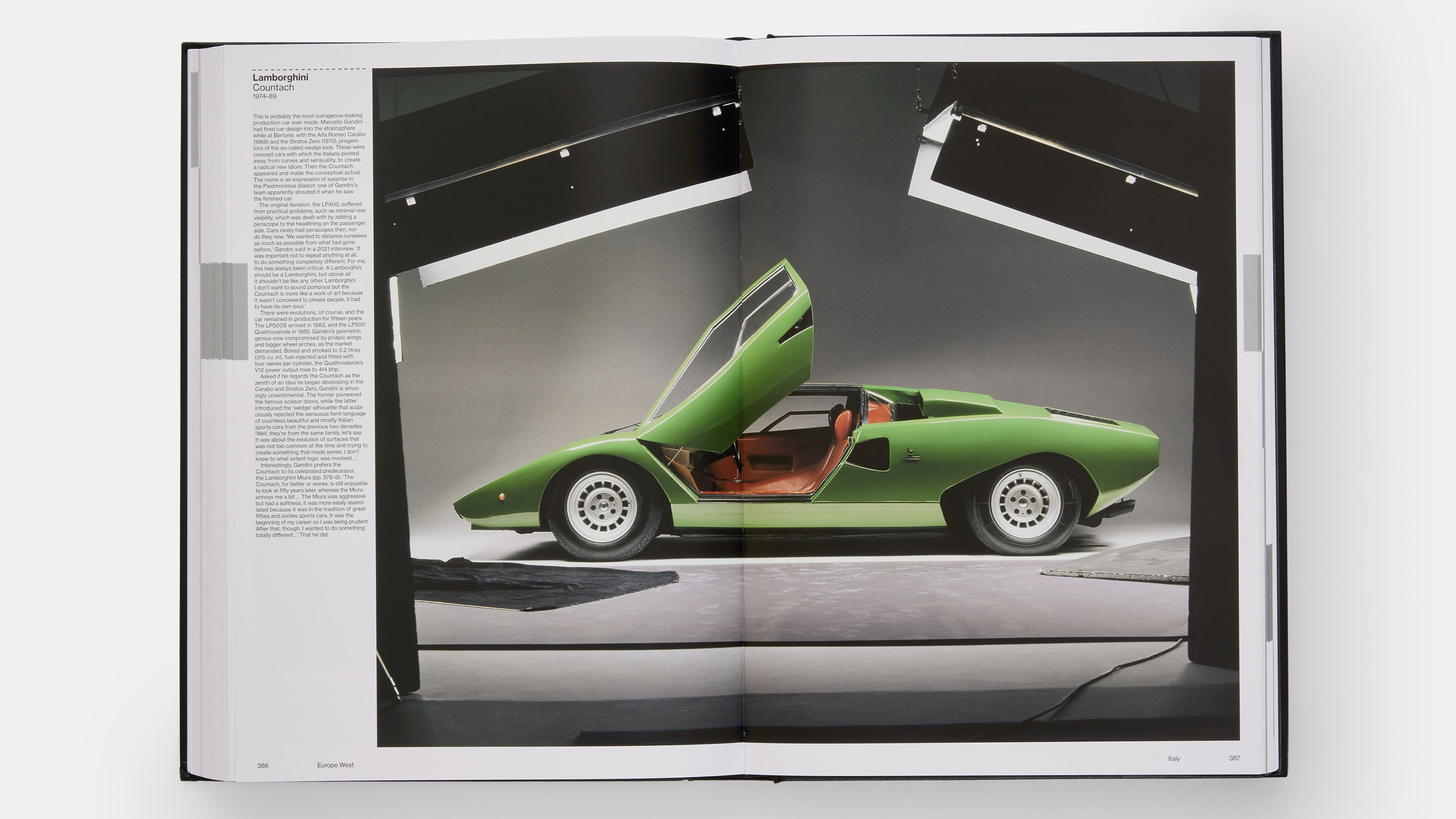 ‘The Atlas of Car Design’ chronicles 130 years of automotive art
‘The Atlas of Car Design’ chronicles 130 years of automotive artPhaidon’s epic monograph ‘The Atlas of Car Design: The World’s Most Iconic Cars’ assembles a multistorey’s worth of precious metal from around the world
By Jonathan Bell
-
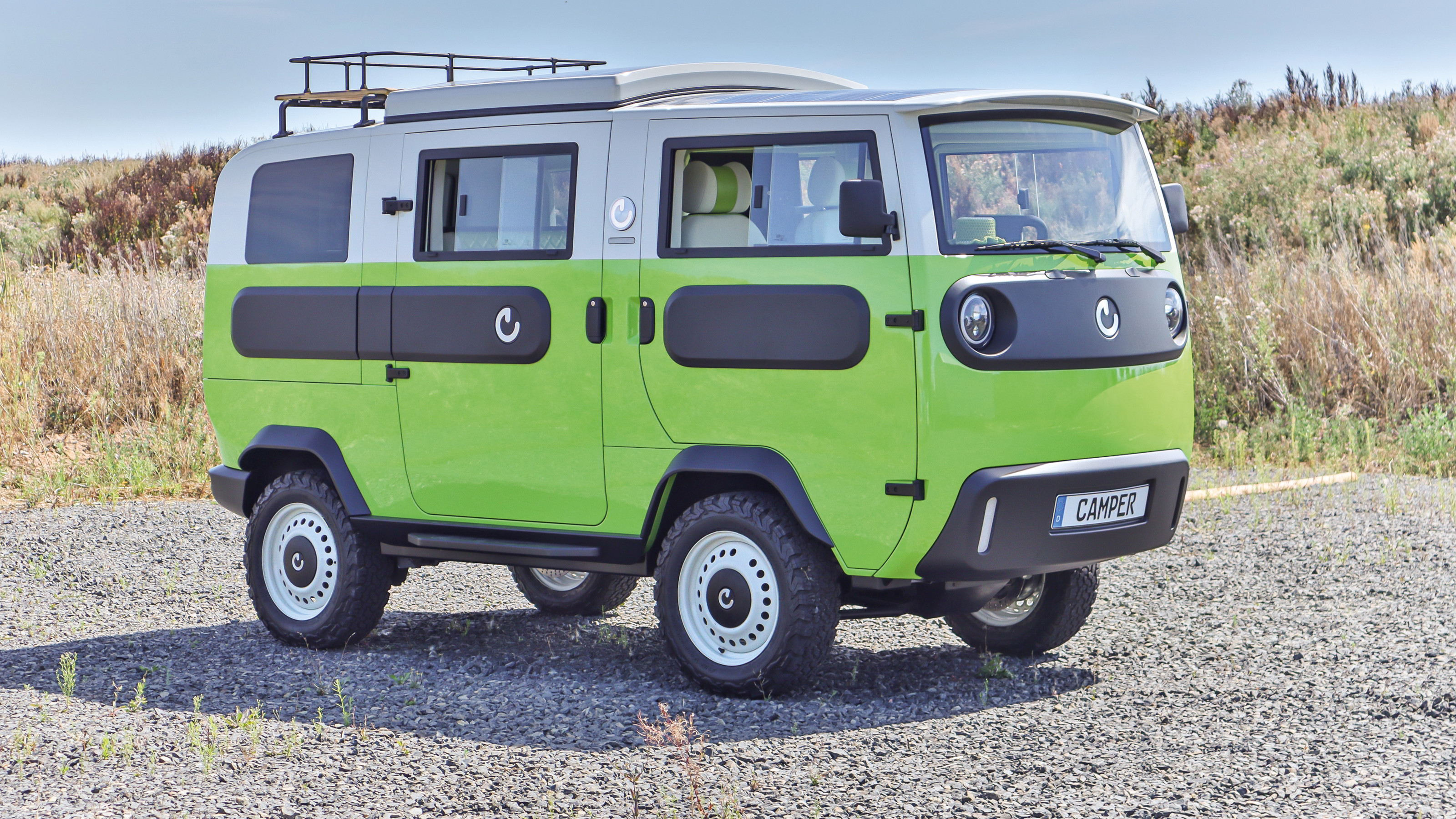 New breed of all-electric camper vans promises zero-emission adventures
New breed of all-electric camper vans promises zero-emission adventuresEmbrace the fast-expanding world of electric camper vans and RVs – from full conversions to tantalising future concepts – for silent running and zero emissions
By Jonathan Bell
-
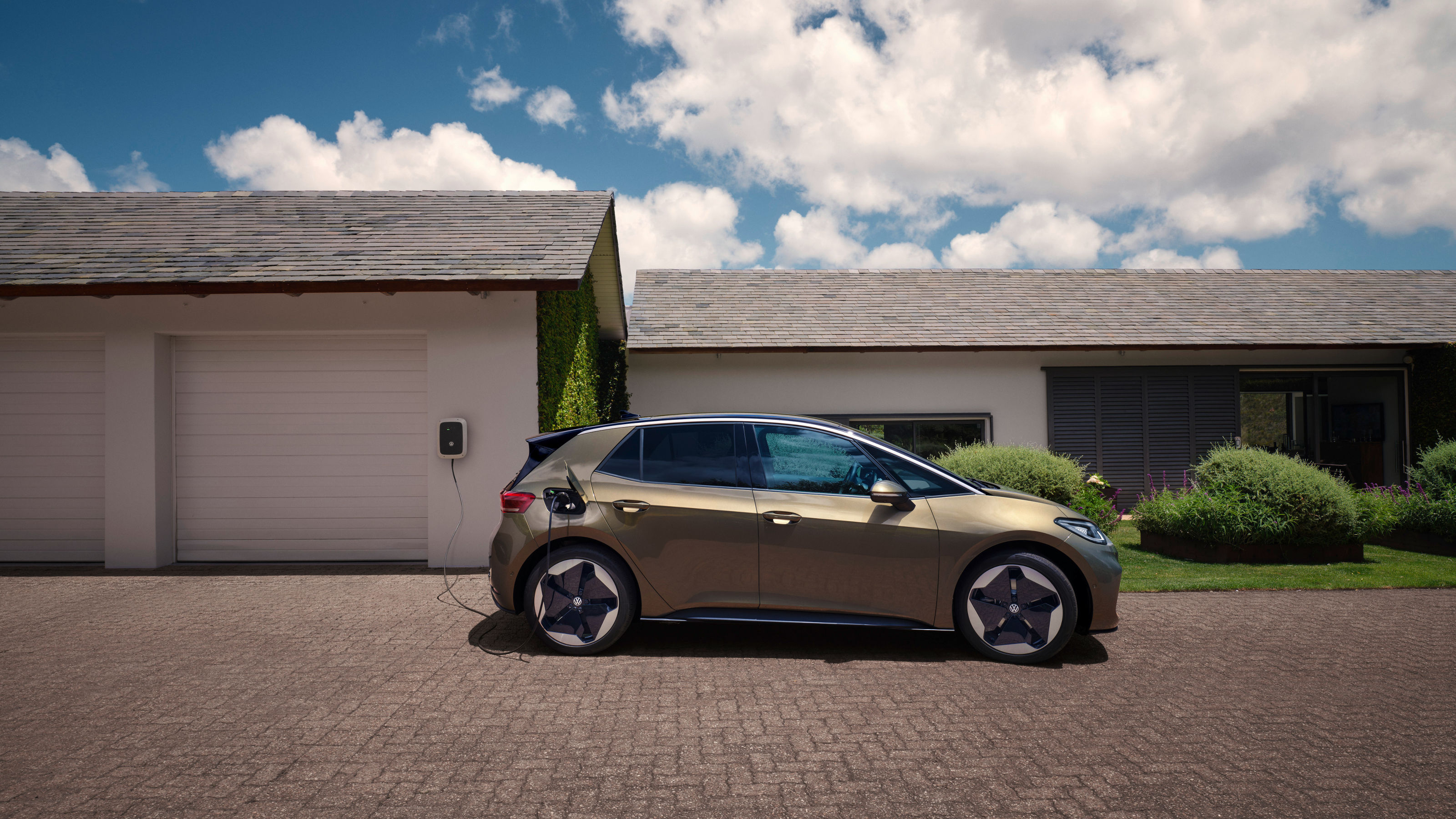 VW ID.3 gets a welcome overhaul in a quest to create the ultimate all-rounder EV
VW ID.3 gets a welcome overhaul in a quest to create the ultimate all-rounder EVThe Volkswagen ID.3 is an EV without ego, combining excellent range and equipment with a compact package
By Jonathan Bell
-
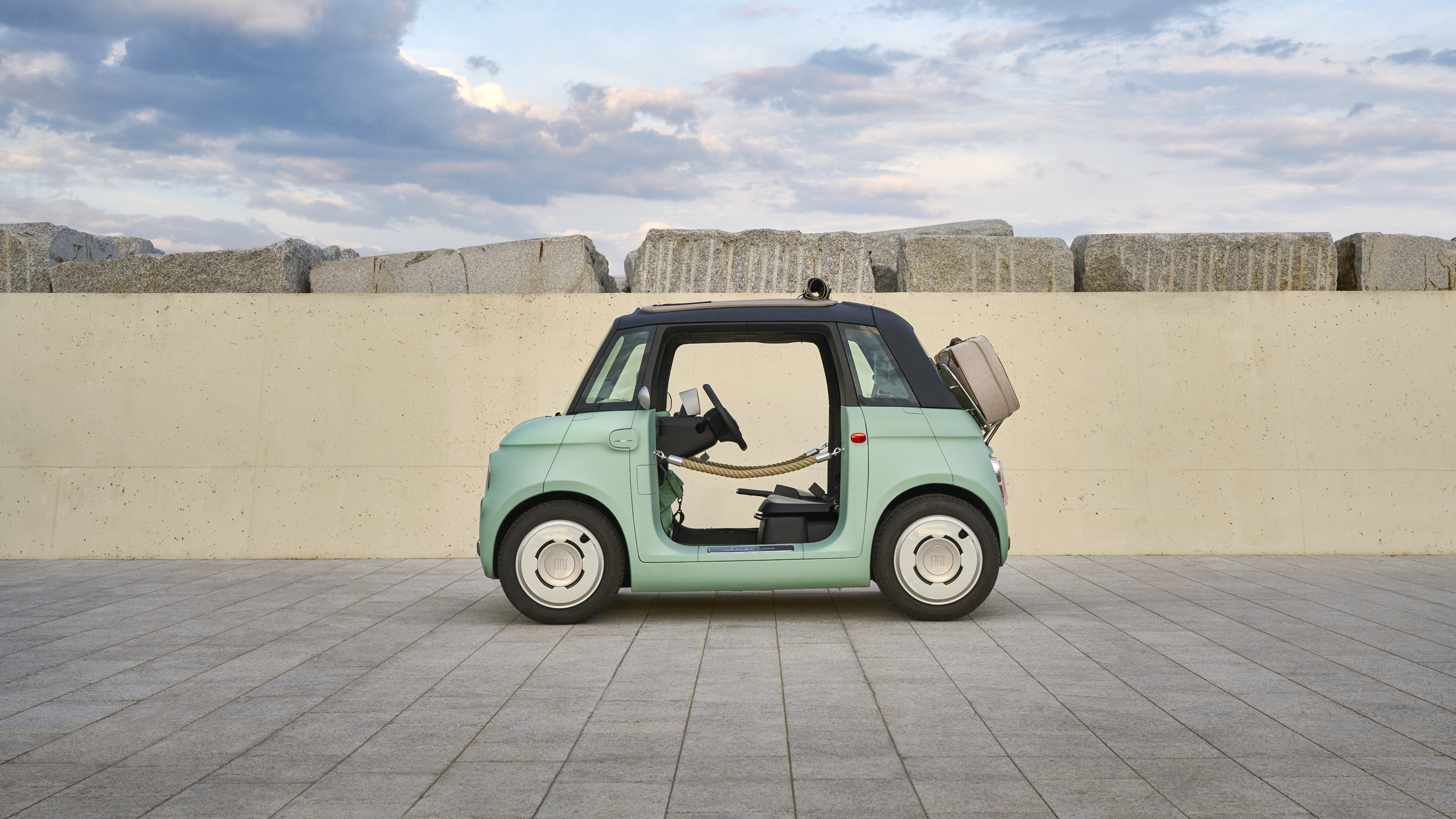 Fiat Topolino infuses every journey with the spirit of la dolce vita
Fiat Topolino infuses every journey with the spirit of la dolce vitaFiat enters the world of electric microcars with the new pocket-sized Topolino
By Jonathan Bell
-
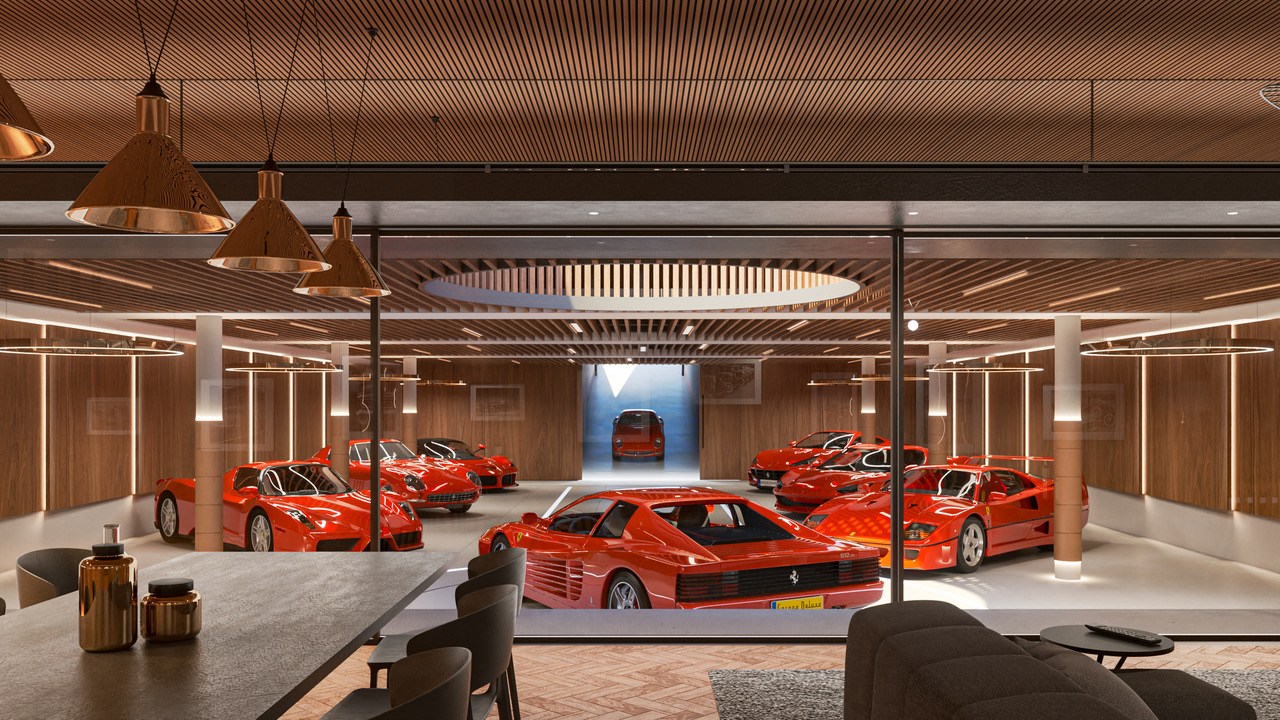 Garage Deluxe will stash your supercars securely for all time
Garage Deluxe will stash your supercars securely for all timeGarage Deluxe customisable underground car parks are part museum, part entertaining space. All you need is the acreage and the automobiles
By Jonathan Bell
-
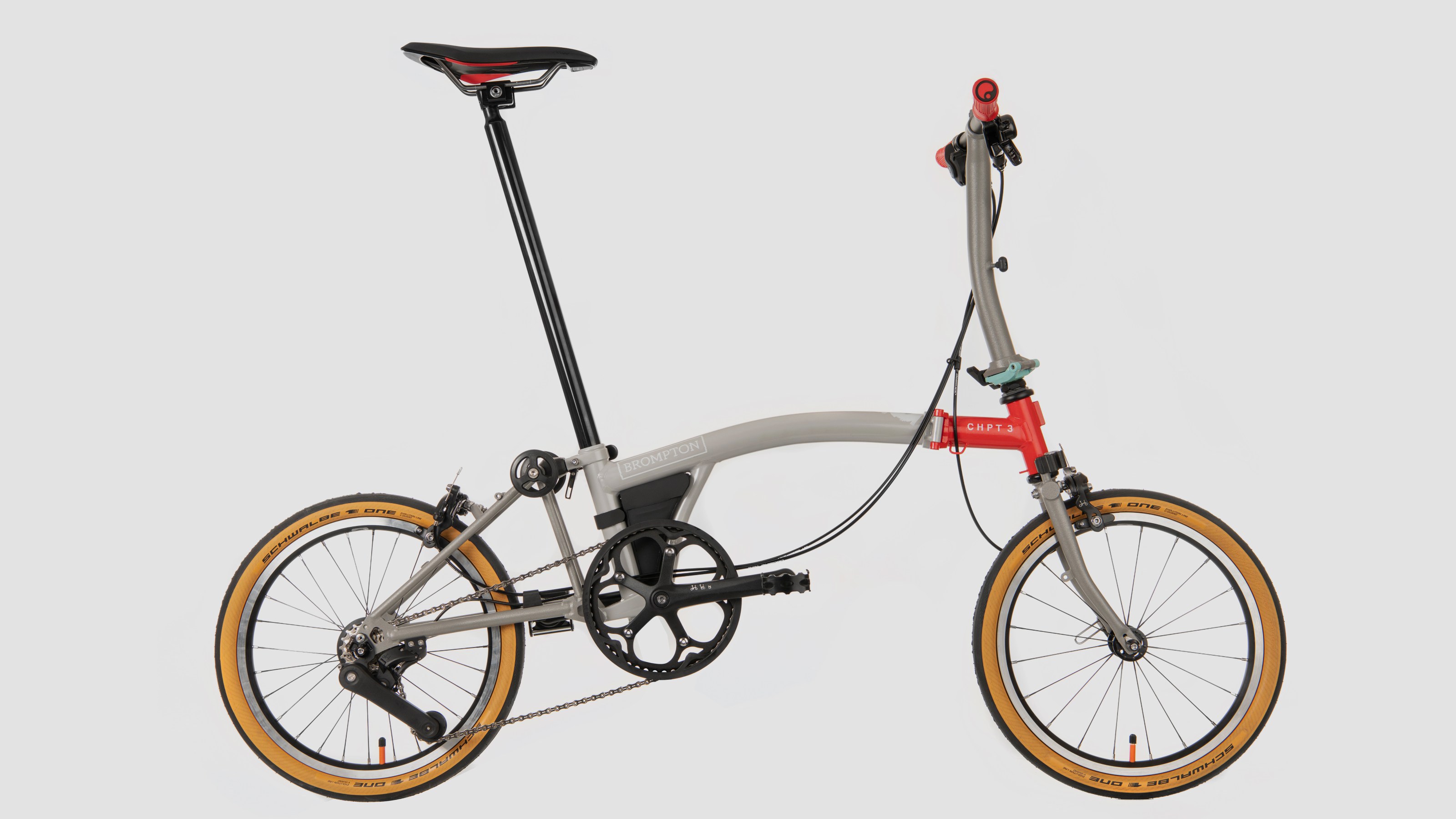 Brompton Bicycle and David Millar’s CHPT3 brand reveal new folding bike
Brompton Bicycle and David Millar’s CHPT3 brand reveal new folding bikeThe Brompton x CHPT3 v4 is a minimalist folding bike fit for the city streets, with Brompton’s signature compact frame, pared back for added performance
By Jonathan Bell
-
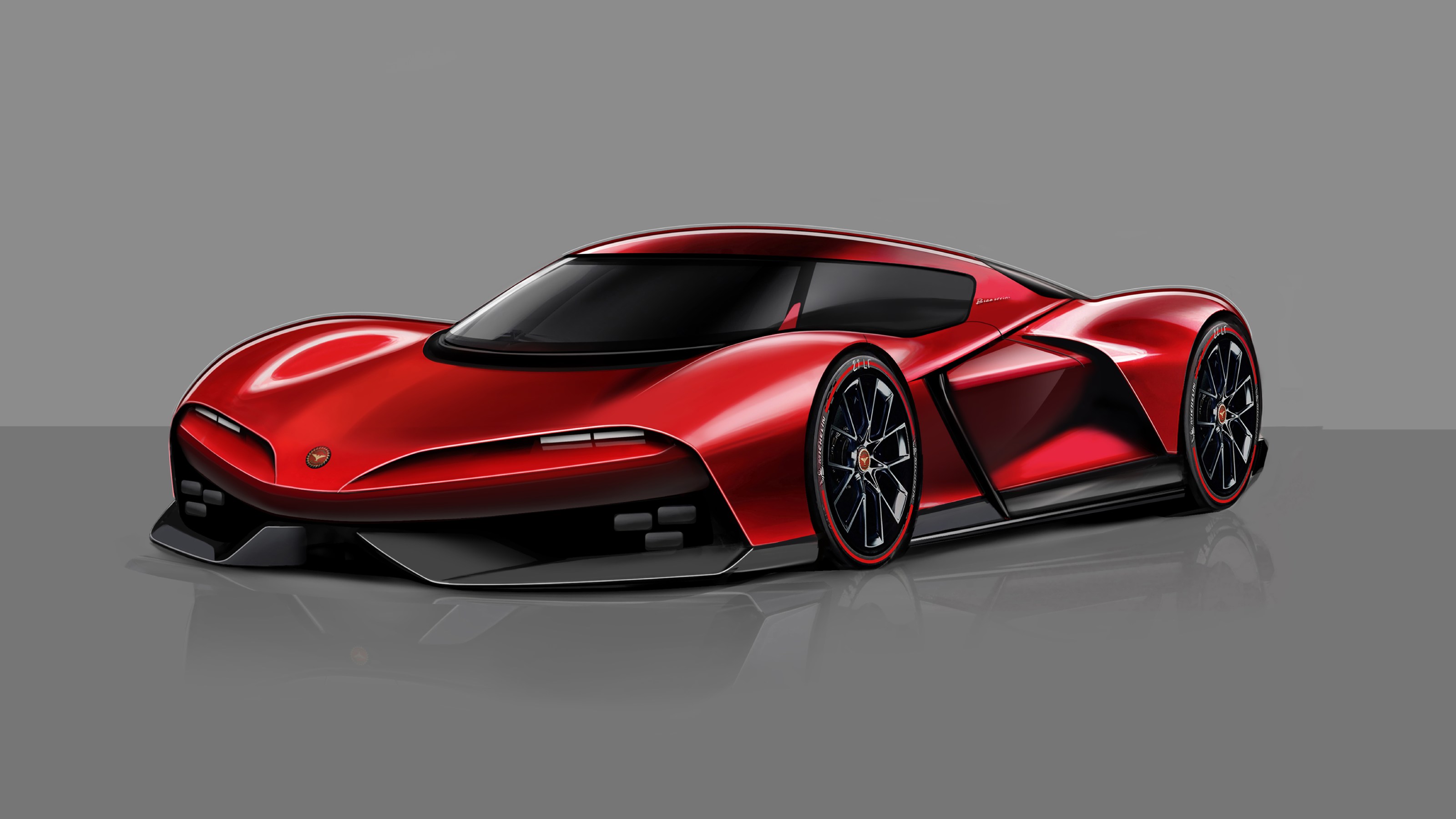 Bizzarrini Giotto is a future-statement supercar from a reborn brand
Bizzarrini Giotto is a future-statement supercar from a reborn brandRepresenting the apex of Italian automotive design, the proposed Bizzarrini Giotto blends heritage with dramatic style
By Jonathan Bell
-
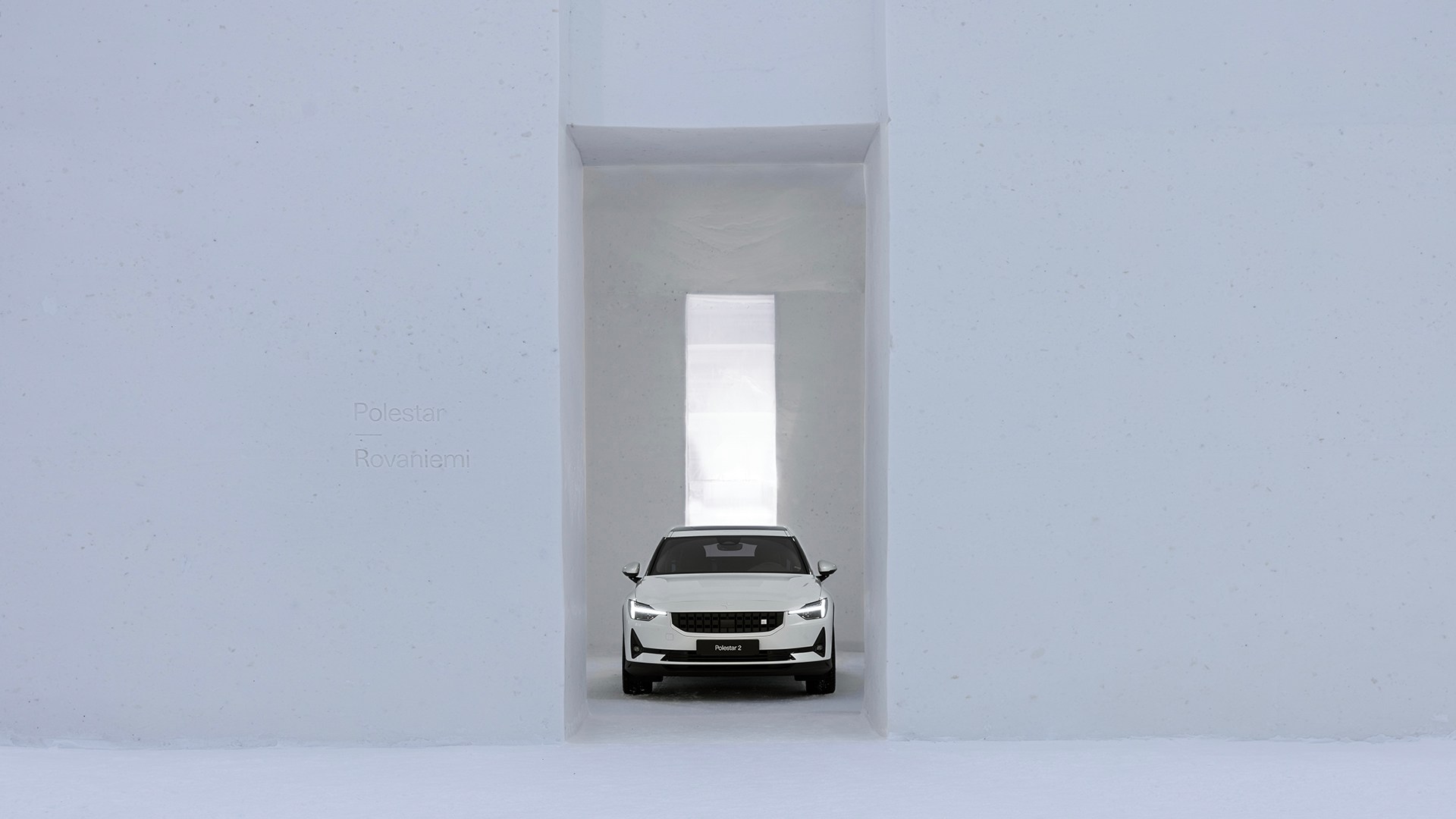 Polestar Snow Space: showroom built of snow joins the Arctic design landscape
Polestar Snow Space: showroom built of snow joins the Arctic design landscapeThe new Polestar Snow Space in Finland is not only a retail showroom, but a temple to architecture, design, engineering and the circular economy
By Naomi Moriyama